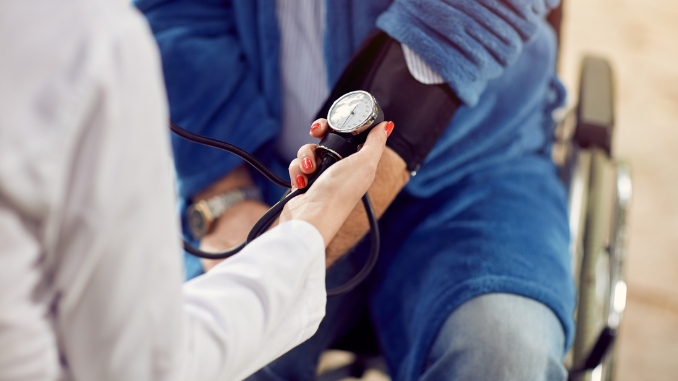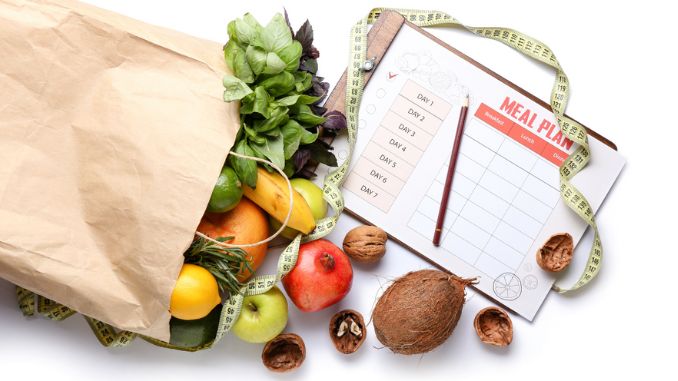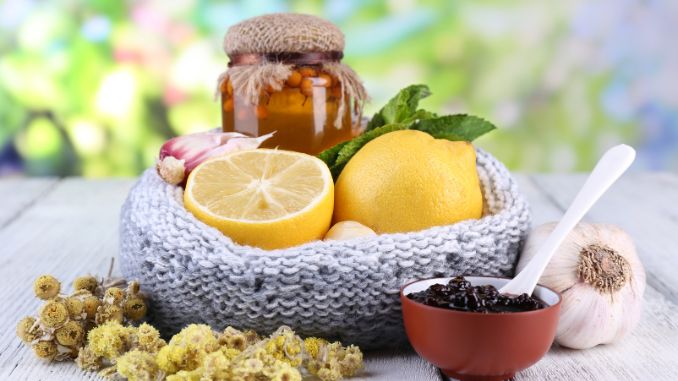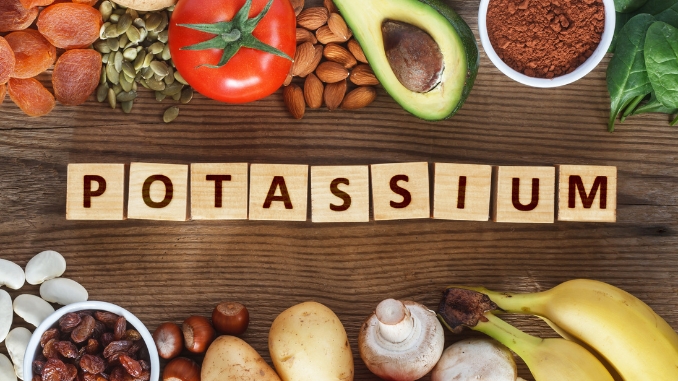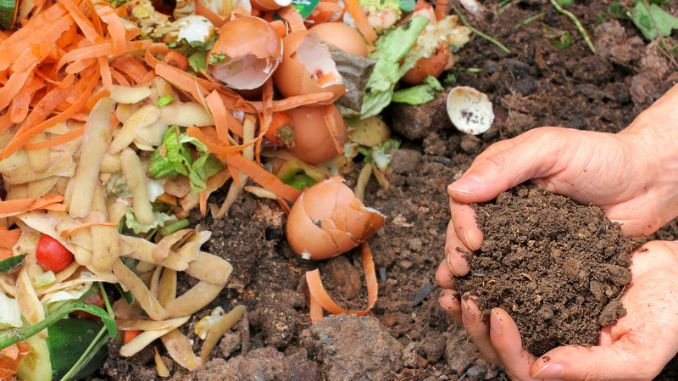Blood pressure is the force of blood that pushes against the inner lining of your arteries as your heart pumps. It is typically recorded as a ratio of 120/80 mmHg. The first number (systolic) indicates the force of heart contractions, while the second (diastolic) measures the pressure when the heart is at rest between beats.
Maintaining a normal blood pressure (around 120/80 mmHg) is essential for health. High blood pressure often shows no clear symptoms but can cause significant health complications if not addressed. We'll introduce you to some blood pressure medications to help manage the risks effectively.
Importance of Diastolic and Systolic Pressure in Heart Health
A Harvard Medical School publication states that emphasis is placed on managing high systolic blood pressure[¹] to lower the risks of heart attacks and strokes. Though systolic pressure gets most of the attention (it's the top number and measures blood force during heartbeats), diastolic pressure is just as important for understanding your overall heart health.
Diastolic pressure, measured during the heart’s resting phase, helps supply oxygen to the heart muscle. Good blood pressure is described as a systolic reading below 120 mm Hg and a diastolic reading under 80 mm Hg.
As people age, diastolic pressure may decrease due to the arteries becoming less elastic. Although low diastolic pressure, especially below 60 mm Hg in individuals at high cardiovascular risk, can signal heart issues, maintaining a balance is crucial. An ideal diastolic pressure should remain above 60 mm Hg while systolic pressure is managed.
Lifestyle adjustments are recommended to control both systolic and diastolic pressures, with medications serving as a supplementary option when necessary. Taking medications as prescribed is an essential step in managing hypertension and supporting overall cardiovascular health.
What is High Blood Pressure (Hypertension)
High blood pressure, also known as hypertension, is a condition in which the force of blood against the artery walls is consistently too high. To manage this, individuals often turn to medications, which aim to lower both systolic and diastolic blood pressure levels.
In addition to medications, lifestyle modifications play a crucial role. These include measures to lower your blood pressure, such as managing salt and alcohol intake, as well as maintaining a healthy diet. Studies suggest that certain foods, like garlic, may have properties that contribute to lowering blood pressure naturally.
To prevent this, it's essential to address contributing factors such as chronic stress. By adopting strategies to manage it, individuals can effectively reduce the risk of complications associated with hypertension. It's crucial to be proactive in understanding and addressing the various aspects of blood pressure management to promote cardiovascular health.
The Dangers of High Blood Pressure
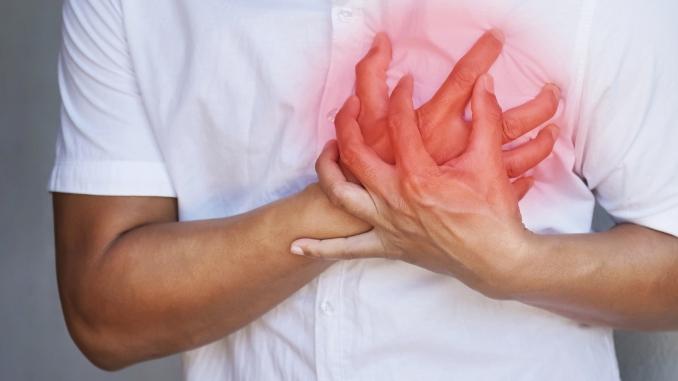
- Increased risk of heart disease and stroke
- Atherosclerosis is the result of artery damage.
- Increased risk of heart attacks and strokes
- Kidney-related strain, potentially leading to kidney damage
- Hypertensive retinopathy, which affects the eyes and vision
- Associated with cognitive impairment and a heightened risk of vascular dementia.
- Aneurysms and arterial ruptures are more likely.
- Reduced blood flow to essential organs
- Impact on cardiovascular health overall
- The significance of early detection and intervention in preventive
Immediate Guide to Lower Blood Pressure

Here are some steps you can consider to potentially reduce blood pressure:
1. Deep Breathing
Breathe deeply and slowly, filling your belly with air as you inhale through your nose. Hold for a moment, then slowly release the tension with a long exhale through your mouth. Feel the calmness wash over you, helping you to reduce stress.
2. Hydration
Drink plenty of water to stay hydrated. Dehydration reduces blood volume, so maintaining the correct fluid balance is critical.
3. Physical Activity
Engage in light physical activity, like a quick walk, but avoid strenuous activities if you are not accustomed to them. Practice meditation or yoga to help reduce stress.
4. Reduce Sodium Intake
Cutting back on salt intake might have an immediate impact. Avoid processed foods, and instead of salt, season your meals with herbs and spices.
5. Limit Caffeine
If you drink caffeinated beverages, consider cutting back. Caffeine has the potential to elevate blood pressure temporarily.
Eat Smart, Live Well: Nutritional Strategies for Blood Pressure Control
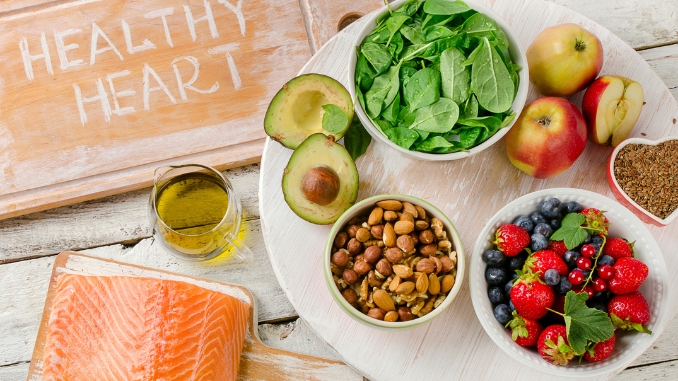
Adopting a heart-healthy diet can play a significant role. Here are some dietary recommendations that may help:
Dash Diet
Adopting a balanced diet, like the Dietary Approaches to Stop Hypertension (DASH) diet, which prioritizes whole grains, low-fat dairy products, vegetables, fruits, and lean proteins. These foods can help to lower and prevent factors that might raise blood pressure.
Increase Potassium Intake
Potassium, found in foods like bananas, oranges, potatoes, and spinach, helps balance sodium in our bodies. When we eat these fruits and vegetables, they provide our bodies with potassium, which can counteract the effects of too much sodium.
Including these foods in our diet contributes to maintaining a better balance between potassium and sodium for overall well-being.
Magnesium-Rich Foods
Foods rich in magnesium, like nuts, seeds, leafy greens, and whole grains, can help keep your blood vessels open and relaxed, making it effortless for the blood to flow.
Including these foods in your diet might contribute to maintaining a healthy blood pressure level.
Omega-3 Fatty Acids
Eating foods with omega-3 fatty acids in fish and in flaxseeds, chia seeds, and walnuts, can help make your heart healthier. These foods also assist in lowering blood pressure, making it easier for your heart to do its job.
Including them in your diet is like giving your heart a boost to stay strong.
Calcium-Rich Foods
Milk, plant-based milk with added nutrients, and green veggies are good for calcium. These foods provide calcium, which is important for our bodies.
Therefore, consuming milk, plant-based milk, and green vegetables can be good for you without much worry about your blood pressure.
Moderate Alcohol Consumption
If you enjoy drinking alcohol, try not to have too much at once because it can make your blood pressure go up. It's better to drink in moderation.
Limit Saturated and Trans Fats
Cut back on the unhealthy fats in fried foods, snacks, and certain oils to improve your diet. This can limit your consumption of saturated and trans fats from these sources. Choosing healthier alternatives can have a positive impact on your overall well-being.
According to a review, reducing saturated fat intake, particularly by replacing it with polyunsaturated fats or carbohydrates, can significantly reduce the danger of cardiovascular events[²] by 17% without notably affecting the risk of death. This dietary change benefits individuals with and without pre-existing cardiovascular disease, suggesting that everyone can benefit from reducing saturated fat to improve heart health.
Reducing saturated fat consumption and replacing it with healthier options not only reduces the risk of cardiovascular events but can also contribute to lower blood pressure. By making these dietary changes, individuals can support their cardiovascular system, potentially decreasing the need for medication and enhancing well-being.
Maintain a Healthy Weight
Shedding extra weight can positively affect your blood pressure. Emphasize a well-rounded diet and consistent physical activity to achieve this goal. Prioritizing a balanced lifestyle supports healthier blood levels.
Monitor Portion Sizes
Watch your portion sizes to prevent overeating, as it can result in weight gain and increased blood pressure.
Practice mindful eating to ensure you're nourishing your body for optimal health. Controlling portion sizes is important for managing both weight and blood pressure.
Get a Good Night's Sleep
Getting a good night's sleep helps your body relax and recover. When you sleep well, your heart doesn't have to work as hard, making it easier for your blood vessels to stay calm and open.
Consistent, quality sleep is like giving your body a break, supporting heart health, and maintaining lower blood pressure.
The Function of Physical Activity in Blood Pressure Management

Regular exercise or physical activity are key elements of a healthy lifestyle. Here are some guidelines to consider:
- Aerobic Exercise - Engage in moderate-intensity aerobic exercise most days of the week. Examples include brisk walking, cycling, swimming, or dancing. Aim for at least 150 minutes per week.
- Strength Training - Incorporate resistance or strength training exercises at least two days a week. This can include weightlifting, bodyweight exercises, or using resistance bands.
- Consistency is Key - Establish a regular exercise routine. Consistency is crucial for long-term benefits. As your fitness builds, progressively add time and intensity to your exercise routine.
- Warm-Up and Cool-Down - Always start with a warm-up and end with a cool-down. This helps prepare your body for exercise and promotes recovery.
- Check with your Doctor - Before initiating a new exercise regimen, particularly if you have pre-existing health conditions, seek guidance from your healthcare provider to confirm its safety and suitability for your specific situation.
- Focus on Cardiovascular Fitness - Cardiovascular exercises improve the efficiency of your blood vessels and heart, helping to lower blood pressure over time.
- Mind-body Exercises - Practices like tai chi, meditation and yoga can be helpful for both mental and physical well-being. They may help reduce stress, which is a contributing factor to high blood pressure.
- Stay Hydrated - Drink plenty of water before, during, and after exercise to stay hydrated. Proper hydration supports overall cardiovascular health.
- Listen to Your Body - If you experience any unusual manifestation, such as dizziness or chest pain, stop the exercise immediately and seek medical attention.
Supplements and Natural Remedies
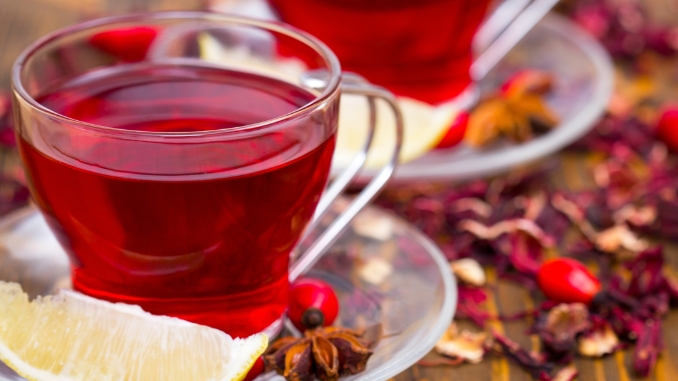
Garlic
Some research suggests that garlic lowers blood pressure. It comes in a variety of forms, including capsules and as a fresh component in cooking.
A review and meta-analysis from Experimental and Therapeutic Medicine delve into garlic's efficacy in lowering blood pressure[³] in hypertensive individuals, showcasing comparable results to standard anti-hypertensive drugs.
This study highlights Kyolic garlic's potential to enhance cardiovascular health by reducing arterial stiffness and fostering a favorable gut environment through its prebiotic properties. The meta-analysis included 12 trials with 553 hypertensive subjects, demonstrating a significant reduction in systolic and diastolic blood pressure.
Additionally, Kyolic garlic was shown to lower pulse wave velocity, arterial stiffness, and central blood pressure while enhancing gut microbial diversity, particularly increasing Lactobacillus and Clostridia species. The review also suggests that vitamin B12 status may influence the responsiveness of blood to garlic.
Overall, Kyolic aged garlic extract is presented as a well-tolerated and safe adjunct or standalone treatment for hypertension, offering multiple cardiovascular benefits.
These are fish oils and can be found in fish or taken as supplements. Omega-3 fatty acids may improve heart health. For proper dosing, consult your doctor.
Hibiscus Tea
In certain trials, drinking hibiscus tea was connected with a small drop in blood pressure. It is critical to monitor its effects and seek the advice of a healthcare professional.
Beetroot
Nitrates in beetroot juice may help widen blood vessels and enhance blood flow. Consider including beets in your diet or taking beetroot supplements.
Potassium Supplements
A sufficient potassium intake is essential for blood pressure management. Before taking potassium supplements, consult your doctor because they can interact with certain medications and are not suitable for everyone.
Magnesium
This helps regulate blood pressure. Magnesium supplements may be beneficial to certain people.
Coenzyme Q10 (CoQ10)
CoQ10 is an antioxidant that may reduce high blood pressure. It is accessible as a supplement, although its usefulness varies from person to person.
In addition to supplements, lifestyle changes, such as regular exercise, eating a balanced diet, managing stress, and reducing alcohol consumption.
The Importance of Tracking Blood Pressure Level
Monitoring blood pressure regularly is vital for maintaining cardiovascular health. Utilizing a home blood monitor allows individuals to check their results consistently, providing valuable data for healthcare professionals.
This consistent tracking is essential for identifying patterns, evaluating the impact of lifestyle changes or medications, and detecting potential problems early. By tracking this over time, personalized strategies can be developed to optimize levels and lower the risk of issues related to high blood pressure.
This approach aligns with efforts to control high blood pressure, lower blood pressure through lifestyle adjustments. It also addresses factors such as salt and alcohol intake, and minimizing the impact of chronic stress.
Ultimately, this proactive monitoring and recording contribute to overall cardiovascular well-being.
Conclusion: A Comprehensive Guide to Long-Term Blood Pressure Wellness

Keeping your blood pressure in check involves more than quick fixes. It means making lasting changes to your lifestyle and regularly checking in on things. Eating a balanced diet with a variety of fruits and veggies, moving around more, and finding ways to relax, like meditation.
It's also important to watch how much alcohol you drink and avoid smoking. Regular visits with your doctor and keeping an eye on your blood pressure at home give a full picture.
This can help to find the right solutions for keeping your blood pressure steady. Taking part in these habits sets the stage for a healthy heart in the long run and lowers the chances of problems.
Are you struggling with unhealthy blood pressure? Check out this 14-Day Healthy Blood Pressure Quick Start Program now!

